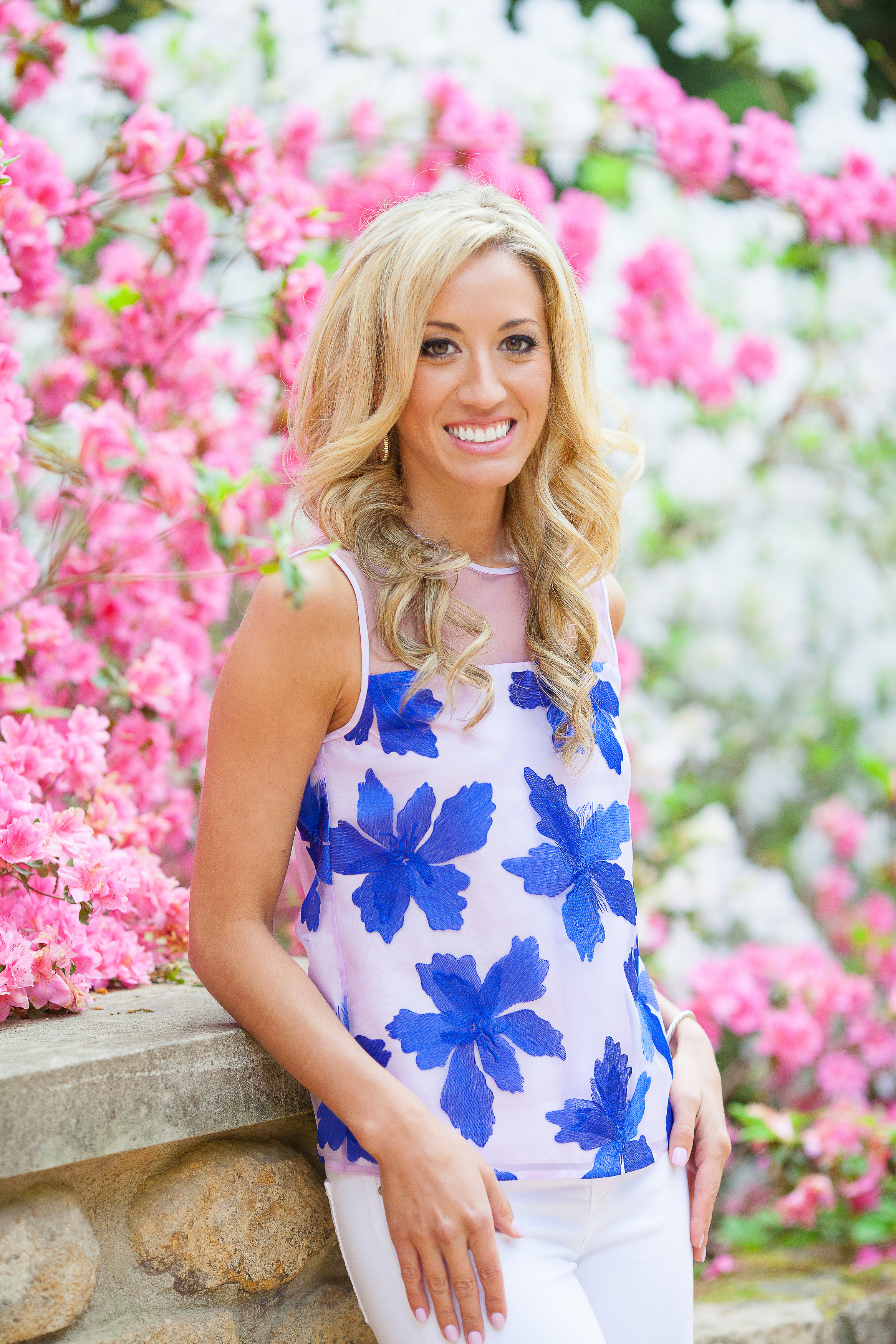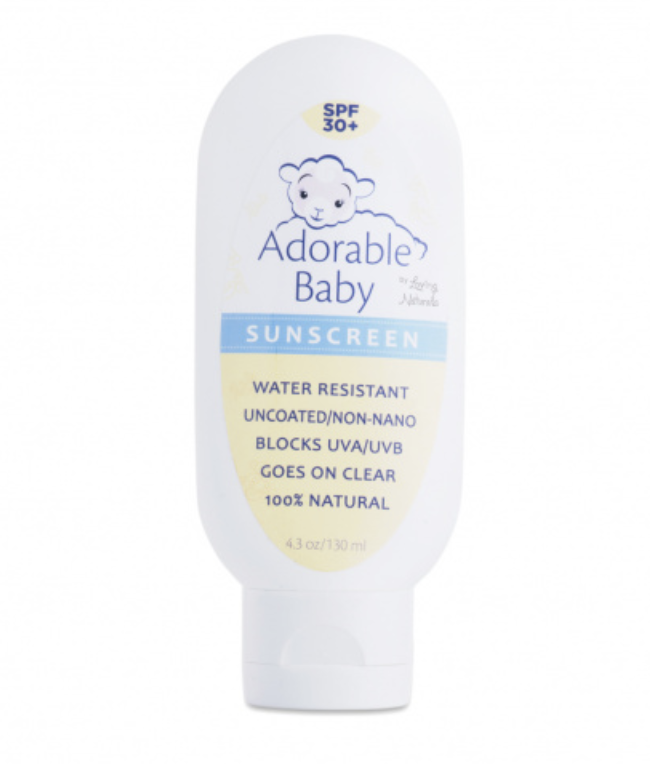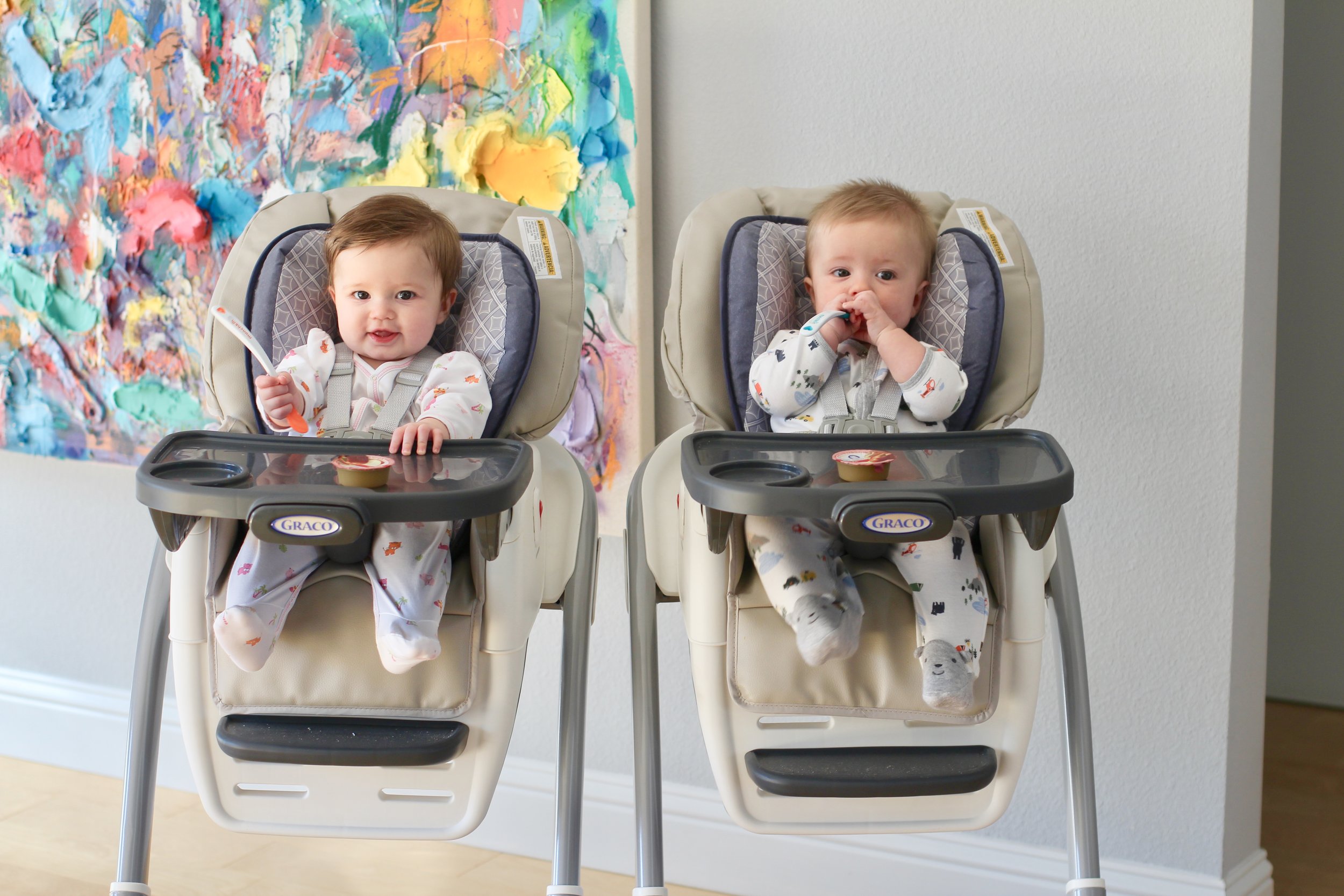Choosing The Right Sunscreen For Your Babies & Kids
Ahhh, good old vitamin D. Summer is upon us -- which means we finally get some time outdoors! Here in Texas, half of the year we live in a roaster oven where any source of running water is like a mirage. In case you didn't know, Texas can experience triple digit temperatures and only 2 seasons: summer and winter. That said, picking the right sunscreen for our kids is a crucial choice to make (and honestly, it is no matter where you live). We can't just blindly pick one that looks pretty and cute at the grocery store. If you don’t know what the important things are to look for and which ingredients to avoid, then PLEASE phone a friend (that’s me!).
Before we talk about specific brands of kids' sunscreens, I wanted to share a few of the American Academy of Pediatrics’ (AAP) key sun safety tips to keep in mind when taking your babies/kids outside. Remember, skin cancer is not cool.
Babies <6 months
Keep out of direct sunlight as much as possible (but especially between 10AM-4PM) as they don’t have much melanin yet
Cover arms and legs with lightweight clothes, use hats with brims to shade face, eyes, neck, and ears
Avoid sunscreen if you can (as their skin is likely too sensitive). As a last resort, if you can’t avoid direct sunlight, then it’s okay to use small amount of sunscreen to uncovered areas like face and hands with SPF 15-50). But, first apply to small test area (such as inside of baby’s wrist) to ensure no reactions/rashes develop. Remember it takes 30 minutes to become effective.
Best times for babies to be outside: before 10AM or after 4PM
Babies & Kids > 6 months
Keep out of direct sunlight when possible (especially from 10AM-4PM)
Cover up with cotton clothing, hat with brim, sunglasses
At 6 months sunscreen is okay to use. Apply sunscreen with SPF 15-50 to unprotected skin about 30 minutes prior to sun exposure, rubbing in well. First, apply to small test area to ensure no reactions/rashes develop.
Reapply sunscreen every 2 hours or less, especially after sweating or submerging in water, even on cloudy days
What Info Should I Look For On Kids' Sunscreen Bottles?
The Environmental Working Group (EWG; 2017), A non-profit, non-partisan organization that drives the protection of human health through research and education, recommends several good and bad things to search for when choosing the right sunscreen for your child.
Good Choices:
Ingredients: Zinc oxide, titanium dioxide
Broad Spectrum (which means protection against UVA and UVB rays)
SPF 15-50
Water resistant
Bad Choices:
Ingredients: oxybenzone (a hormone disrupter), insect repellent DEET, retinyl palmitate (a form of Vitamin A linked to sun sensitivity)
Aerosol sprays (only provide thin coverage and can be inhaled)
SPF < 15 as it won’t provide enough protection
SPF> 50 as it may sway parents to think prolonged sun exposure is okay and possibly increase neglect for frequent reapplications
Now that you know more about what to look for, go check that sunscreen bottle really fast that you have for your kids. Once you’re done with that, keep reading. You’ll want to see where that bottle lands on the EWG’s list. And if you haven't purchased some yet, this will help you choose!
So, Which Sunscreen Should I Buy For My Kids?
The EWG conducted and published research in 2020 on ~180 different kids’ sunscreen brands with a green rating through evaluation of UVA/UVB protection, balance of UVA protection in relation to SPF, ingredients, and other possible posed health concerns.
Below is the EWG’s 2020 top 16 sunscreens for kids with Adorable Baby being at the top. To purchase Adorable Baby’s sunscreen on Amazon, I’ve linked it here for you! This is the sunscreen we’ve always used on our twins from infancy through toddlerhood so far!
Now that you have your kids’ sunscreen figured out, go plan a fun outdoor activity for them! :)






